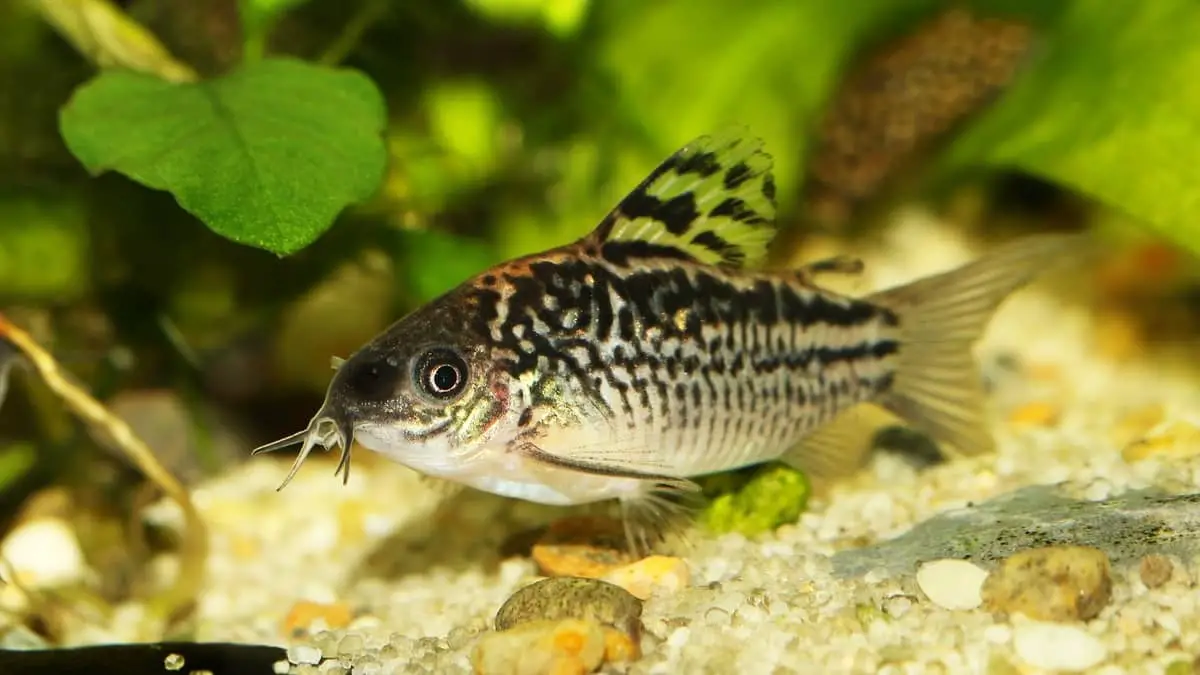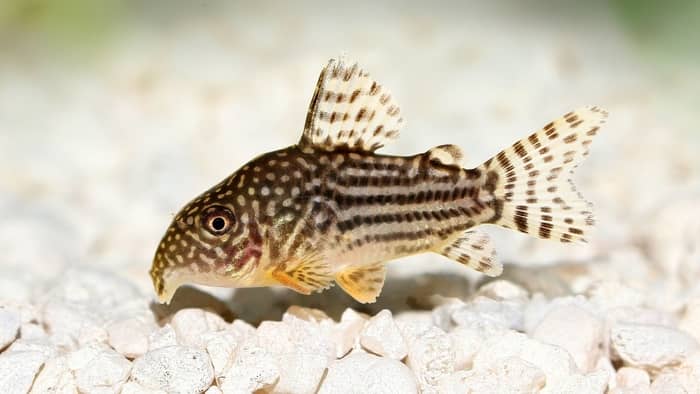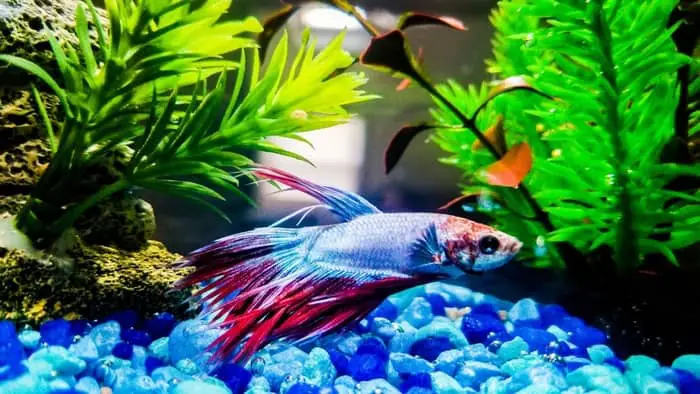Last Updated on May 16, 2022 by admins
Can cory catfish live with bettas? Find out if their coexistence is possible.
If you love your betta but think he might need company, you’ll probably get to the hard part very quickly, choosing the perfect tank mate. We are sure you would never want to bring in the wrong tank roommates and make a mess in your tank. This is why many are wondering “can cory catfish live with bettas”?
Therefore, stay with us and find out everything you need to know about these two beautiful specimens. Well, let’s go.
A Few Sentences About These Two Beauties
Corydoras catfish are a regular sight in most tropical aquariums and fit well into community setups. They are quite small and vary in size from two to five inches in length. Did you know that there are at least 161 species of Corydoras catfish? Amazing isn’t it? One of the most important things we associate with them is their non-aggressiveness.
Bettas, on the other hand, are wonderful fishes that are most often kept alone in an aquarium. Since they have a high prey drive by nature, bettas are fiercely territorial and therefore reject all but the calmest of tank mates.
Now that you have met them, it’s time to answer the question “can cory catfish live with bettas”? So, let’s get down to business.
Take a look at this article as well.
Can Cory Catfish Live With Bettas?
Of course, they can, moreover, Cory catfish are one of the few fish that can reliably live with betta fish. The reason lies in the fact that Cory catfish have docile nature and don’t aggravate the notorious prey drive.
Although beautiful and unique in appearance, bettas are among the most violent as they will attack or kill any other animal they consider a competitor. Therefore many betta keepers suggest keeping bettas by themselves. However, don’t be fooled as there are few fish that make ideal tank mates for these dangerous beauties.
Namely, Cory fish occupy a different water column, feed on different foods, have a different color, and are incredibly peaceful, so your bettas will not consider them enemies.
Is There Ever A Fight Between These Two Species Of Aquatic Animals?
Keep in mind that a good portion of bettas is, unfortunately, destined to live alone forever. Corydoras on the other hand are lovely tank mates, not only for bettas but also for many other fish species. Bettas are by nature so violent and ill-tempered that they won’t tolerate any tank mates at all, sometimes even peaceful and lovely Cory.
How To Introduce Corydoras To Betta Aquarium Tank?
Now that you know the answer to the question “can cory catfish live with bettas”, it’s time to explain how to introduce them to each other.
The best way to introduce corydoras into a betta tank is to temporarily remove the betta from the tank and then add corydoras, simple as that. As for the procedure, it is not demanding, it is enough to just add some new decorations or move some things and add cory fishes. It is recommended to let them get acquainted with the new space for about an hour, which should be quite enough.
During this period you need to settle down and find hiding places, after which you are free to return the bettas back to the tank. This reduces the likelihood that your betta will map the territory and decide that your corys are invaders.
In addition, you need to make sure that your aquarium tank is big enough to keep corydoras. This would mean that you need at least 10 gallons if you are going to have pygmy corydoras or 20 gallons for full-sized ones.
Ideal Water Conditions
In order for these two fish species to live long and healthy lives, you have to make sure the water conditions are good for them. Namely, if the temperature or pH is too high or low it could stress them out over time, and this is just part of the things you need to pay attention to.
pH between 7.0 and 7.8. Furthermore, 7.0 is the perfect pH level for corydoras and bettas. In addition, make sure you have a good water temperature, keep it as close to 78 ° F but don’t worry too much if it goes a couple of degrees either way.
In Summary – Can Cory Catfish Live With Bettas?
However, keep in mind that these fish are the exception, not the rule. Since bettes are incredibly temperamental, there is a chance that some of them will simply decide that they don’t like anything else in their aquarium. Therefore, always keep one eye open.
That would be it, now you know the answer to the question “can cory catfish live with bettas”. We hope you found this article useful. If you have any questions, let us know in the section below.
You might also like this article Cherry Hedge Aquarium Plant; The Best Tips For Care, Maintenance & Much More
FAQs
How Many Cory Catfish Should Be Kept Together?
Given that they are quite small, and vary in size from two to five inches in length, Cory catfish feel more comfortable, safer, and happier living in a school of at least six.
Does Cory Catfish Clean The Tank?
Cory catfish spend most of their time at the bottom of your aquarium. They are also bottom feeders and are therefore an extremely efficient cleaner.
This species of fish is known to scavenge the leftovers that have sunk to the bottom, and in addition, it will clean up all the mess left behind by some messy fish that feed on the surface and middle level of the aquarium tank.
How Big Do Cory Catfish get?
Their size varies from species to species, but they usually grow from two to five inches in length. In addition, In addition, we can mention their diameter, which can vary from about the size of a coin to about the size of a nickel.
What Size Tank Do Cory Catfish Need?
Cory catfish can live in 5 to 10-gallon tanks. Some larger specimens will also require a larger tank, for example at least a 30-gallon tank. Their aquarium tank needs to be kept near a power source in a low-traffic area, away from direct sunlight and drafts.


